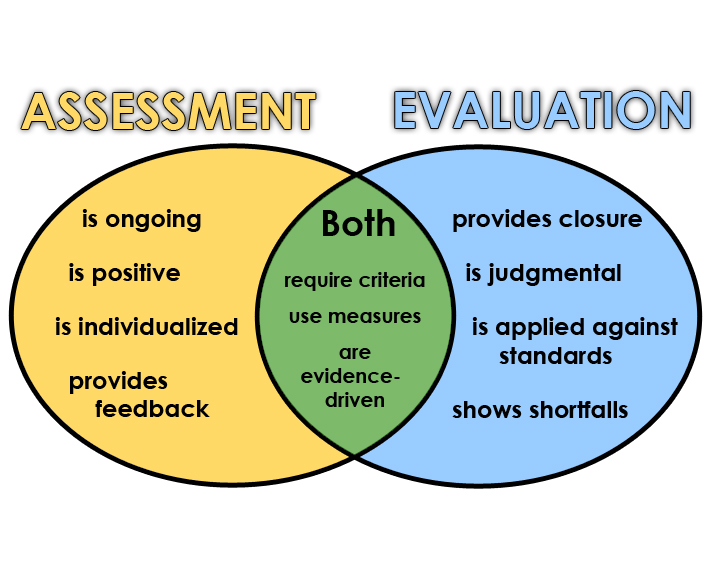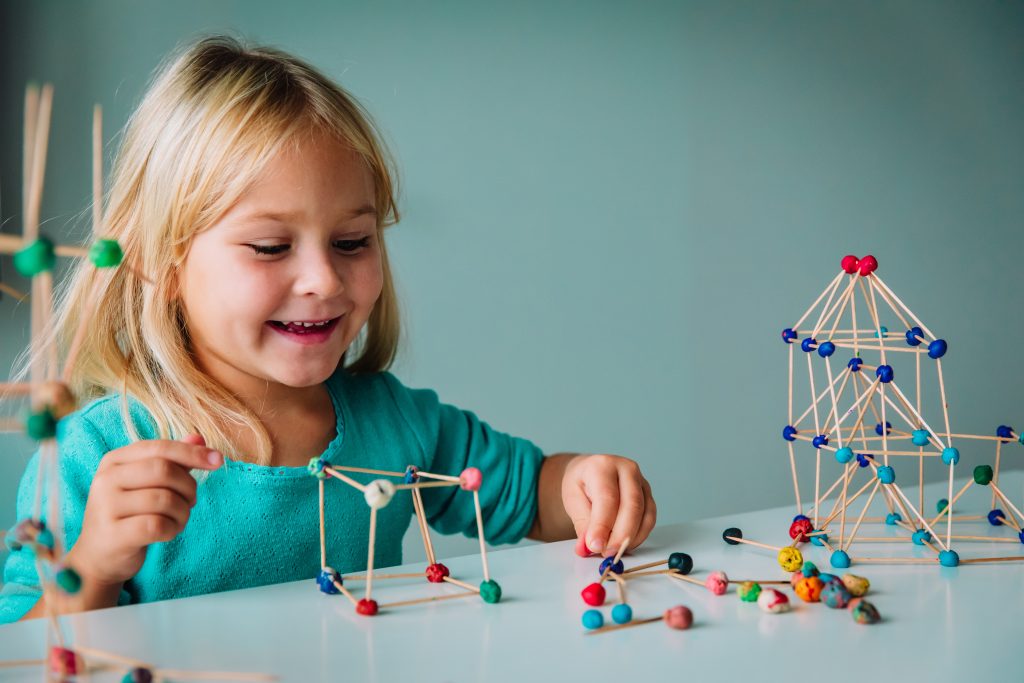

I taught my first online science teacher preparation class back in fall 2001 and my second class during summer 2002. That was when I was an Assistant Professor in the School of Education at Brooklyn College in the City University of New York. I learned a good deal about myself as an educator in the process. I learned, for example, that I enjoyed live discussion and I missed that a great deal in the first, ’01, iteration of the class which was entirely asynchronous. Of course, two decades ago, our technology did not allow for too many varied interactions. Now, with the Coronavirus pandemic, as I hear teachers and students of all ages talk about having to go to school online, I’ve been thinking back to those classes. I have enjoyed speaking with teachers on webinars as I provide guidance on engaging, online STEM learning and teaching methods and resources. This blog post contains some reflections about teaching and learning as applied to virtual instruction with a focus on K-12 science, math, STEM, or STEAM classes. If you are a parent or teacher group who is interested in a virtual workshop, email info@talkSTEM.org. As the founder and CEO of the talkSTEM organization, I am eager to help educators in any way I can.
Home is a perfect way to develop the holy grail of teaching outcomes – complex thinking skills, such as problem solving, planning, and organizing, driven by the frontal lobe which go hand in hand with that other holy grail, student engagement. It’s important, however, to build in scaffolds even while learning is online, just as you would in the classroom. Informal assessment provides valuable feedback to teachers which in turn can allow for important fine tuning of the learning experience design.


Student engagement tends to be highest when students use varied thinking skills in developmentally appropriate ways. Further, when students are able to see meaningfulness in what they are asked to do and when they can connect learning to their own context, they tend to be most engaged. Thanks to advances in brain science research, we know a good deal about what strategies work best when planning lessons. These apply in any context – virtual or a physical classroom. Read this short blog post I found online to get some insights on brain science based-lesson planning strategies. Varying activities, including creative tasks with adequate guidelines and criteria, keeping things interesting and stimulating – this may seem like a lot to do and even so, how do you know what works and what does not? Continuous assessment is critical. Note: assessment is not the same as evaluation.
What is Assessment and When Do You Do It?
You really should not be conducting evaluations on a daily basis in any context but you should assess children’s learning continuously. Evaluations (like tests, final essays, and so forth) represent one category of assessments. Formative (informal) assessment represent most of the assessment being done while teaching and could involve observation of a discussion or a group activity, as an example. The word, assessment, comes from assidere “to sit beside” so the goal of assessment is to sit beside the child/children and see where they are in relation to the lesson objective. Assessment is ongoing for as long as you teach; it provides valuable feedback that informs your teaching practice. Assessment answers such questions as: are my students engaged? Are my expectations realistic? Do they follow my explanation? Are they able to do this independently? Do I need to include some additional guidelines? Do I need to use a different demonstration to illustrate this better?


by Mohamed Amin Embi
How Do You Assess Online?
During the current period of social distancing, there are many thousands of children and their teachers going through a rapid introduction to distance learning and teaching. Your goals when teaching online are similar to your goals when teaching in a physical classroom: to foster a sense of belonging in the STEM culture, to further students’ STEM literacy, and to have students construct understandings about specific concepts that are meaningful and helpful to them. There are myriad lesson plans, learning objectives, and pathways that I know teachers are immersed in. At a high level, however, regardless of whether you teach in person or online, these questions must be considered when designing the learning experiences and when evaluating online learning resources for children:
- Is it developmentally appropriate? Consider the age of your students.
- Is it engaging? Consider what the child will do. Will they listen, write, talk, share, draw, play, create, design, argue, evaluate….? Your goal is to design tasks that involve a wide variety of student activities. Avoid having the child simply answering reading comprehension questions or doing math drills please! Project-based learning (PBL) allows students to get immersed in problem solving and /or creating. This blog post has a few different examples and approaches and this blog post provides a short and succinct overview of PBL.
3. Is it collaborative? Come up with strategies that you can assign students to work in small teams. Provide clear guidance on what they are expected to do within their teams, require specific outcomes and accounts from each child about their experience. You want this team experience to be positive for each child and by making it clear that every role matters, you communicate this message. Providing this type of collaborative project and using your face time (online) to hear their accounts, their trials and tribulations, their successes, and to provide feedback on an ongoing basis would be an extremely valuable activity.


One easy way to provide a collaborative project that team members can do even while they are physically separated is to have them participate in #STEMlens. Each team can come up with a theme, take 1-2 photos around that theme, follow the instructions to mark up their photos, and then present to the whole group. Or for a slightly longer project, assign the Create Your Own walkSTEM project to each team. They can each select real world structures and elements at home to connect to important concepts and skills learned in the curriculum. Teachers can assign themes such as estimating large numbers, using ratios, basic geometry, and more. Read this edutopia article for more information. Note: Since I wrote this article, I can share that everything described can be applied to the great indoors as much as the outdoors!
4. Does it connect with the Real World? Having the children at home while they participate in their learning community is a fantastic opportunity to build strong connections between science, technology, engineering, math and their lived experiences, which will in turn foster a sense of belonging in STEM cultures and careers. This is a critical area that all ages of students need to develop and is also, unfortunately, a key reason we do not have girls and other members of underrepresented groups in STEM identify as being interested in STEM courses and careers. Remember to keep your online tasks somewhat open-ended and flexible so you don’t exclude anyone who may not have the same materials. For example, you can have them select from the kitchen experiments described in this talkSTEM blog post, all experimental questions being inspired by short videos in our walkSTEM@Starbucks video playlist. You can assign that each student does 1, 2, 3, or more of the suggested activities after watching each accompanying video. Or you can use the jigsaw method and have students who watched video 1 team together and determine which experiments they will do based upon that content, etc. There are so many ways you can ensure collaboration and teamwork.


Here is an idea for another assignment. You can have students select a handful of short videos from this Math in Art playlist. Again, you are free to come up with your own assignment based on this experience. For example, students can illustrate the questions highlighted in their three favorite videos from this playlist in their own way, using real world elements in their home. They can make their own videos or present in other ways (photos with captions, etc). We have hundreds of short videos on our freely accessible YouTube channel that you can utilize as a reservoir of short, inquiry-, observation, and real world-based videos. Use them to inspire students to make their own connections and create new content. We created this talkSTEM YouTube channel guide specifically to help teachers and other educators interested in utilizing our content to engage their students. You can even have your students participate in a Virtual Math Festival and use a freely downloadable passport (available on our website) as a guide. Finally, you can have them go on Virtual Field Trips, using the playlists in walkSTEM Academy. There are freely downloadable teacher and student worksheets for K-12 levels that you can assign students to do and when you meet online, you can talk about them. Note that there are downloadable worksheets for three of the virtual walks (Dallas Arts District, Fair Park, NorthPark Center which together comprise about 45 short videos). These worksheets are filterable by grade level and if you live in Texas, they are standards-aligned. If you are interested in Common Core standards alignment, please email info@talkSTEM.org and we can provide that information. We are in the process of sharing these standard alignments on our website soon. Maybe you go on a virtual walk through the largest contiguous arts district in the US (the Dallas Arts District) with Dr Glen Whitney, Founder of MoMath (the National Museum of Mathematics) as their guide.
You could have a team of students visit one or two of the 20 stops (videos) that make up this virtual walk and they get to be the experts for those specific stops. Or you could create any assignment you like based upon your learning goals for your students. Visit a college campus (SMU), one of the largest collection of art deco structures globally (Fair Park), or go to the mall to view an international art collection (NorthPark Center). You can ask them each to view the playlist (or select specific videos in the playlist) and pick their favorites to share about. There is almost no end to different ways you can utilize this content to accomplish your learning objectives for your students whilst making sure they are engaged and using their frontal lobes to engage in varied types of problem solving, collaboration, and creativity.
5. Connect to peers and professional groups for support This is new to most teachers and their students. It’s OK to try new strategies and continuously improve on them. Here’s your chance to use the iteration-reiteration cycle of engineering processes to design and redesign student activities and online lessons. Chat with colleagues, connect with online teacher groups, and definitely feel free to reach out to me (Dr. Koshi Dhingra, Founder and CEO of talkSTEM) if you would like to discuss any ideas or if you have any questions I can help with. You can reach me at info@talkSTEM.org
I hope these five quick tips provide some support and I’d love to hear from teachers as they try out some of these ideas in their online classes. Don’t forget to assess student learning regardless of what you assign your students to do. You can do quick check-ins, you can ask for short reflections, you can observe the quality of student responses and interactions, and more. You know your students well and these observations will provide you with valuable information as to what you need to tweak, toss, rethink, or hold on to! Encourage students to learn at home in a new way and to see that every space is a STEM space.
Online teaching and learning







2 comments